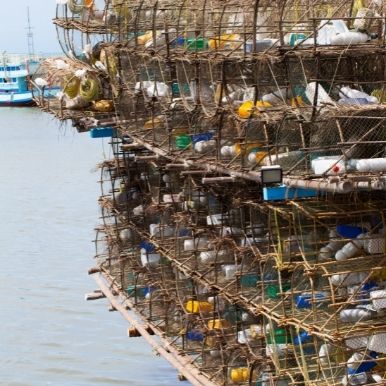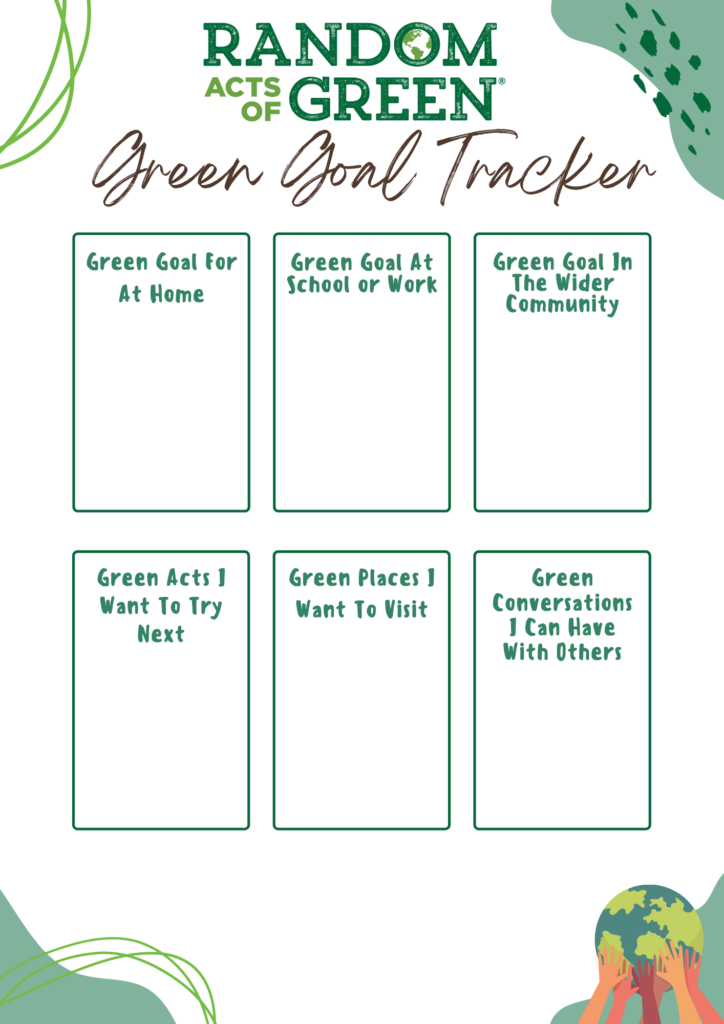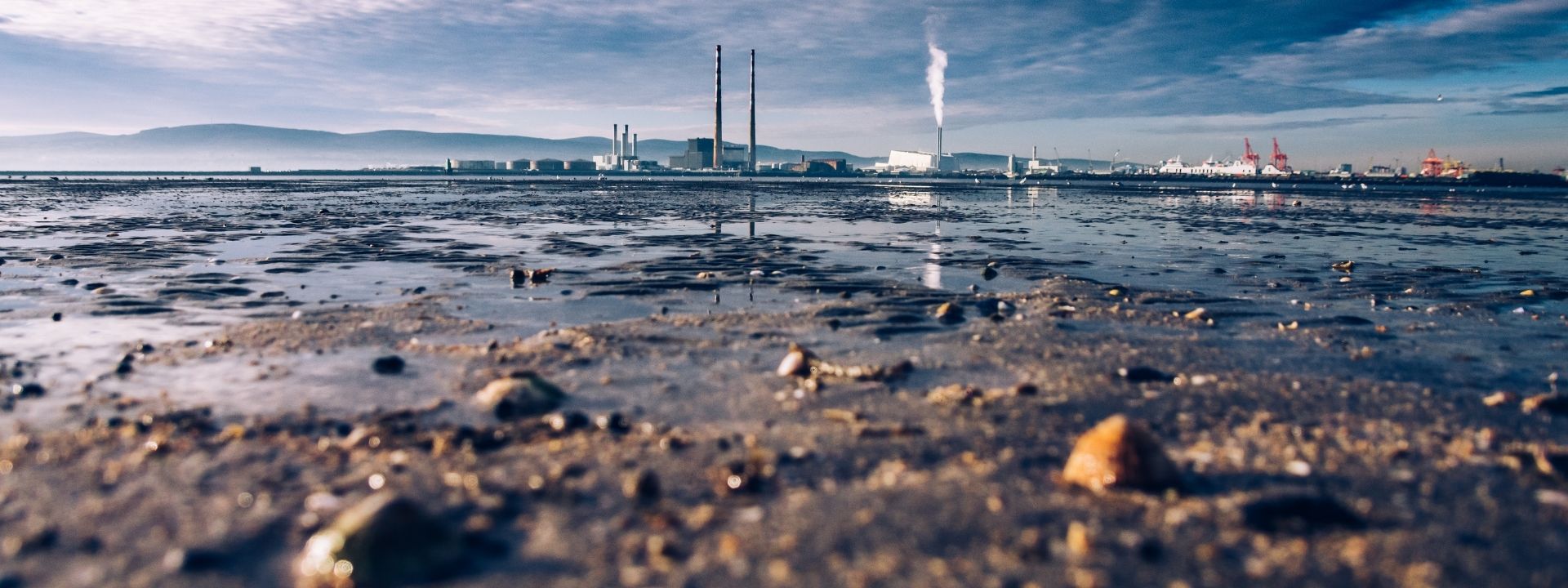2022 environmental problems: The Top 10 Environmental Challenges we face.
This certainly isn’t a fun blog to write, or a fun one to research.
It definitely isn’t positive.
However, it is important.
How can we combat, or work to improve something that we don’t know about?
Here are our top 10 Environmental Problems We Face in 2022; some of which you may not have considered.
#1. Food Waste:
According to the Food and Agriculture Organization (FAO) of the United Nations, one third of the food produced for human consumption ends up going to waste.
This is on a global scale. Think about that. Think about simply throwing away 1/3 of the contents of your fridge.
That isn’t to say this waste is completely at a consumer level. This was more for visualization purposes.
Food waste happens along the process chain: In developing and developed countries just below half (40%) of food occurs during post-harvest and processing.

Then, in developed countries: 40% of waste happens at the retail or consumer level.
Why? Ugly produce. In the US alone, 50% of produce is tossed out because it’s not visually appealing. This equates to 60 million tons of fruit and veg.
#2. Biodiversity Loss:
The sixth mass extinction of wildlife looms.
Over 500 species of land animals are on the cusp of extinction. Some may be completely lost within the next 20 years.
A recent WWF report found that the population sizes of mammals, fish, birds, reptiles and amphibians have experienced a decline of an average of 68% between 1970 and 2016.
Why? The report attributed this to biodiversity mainly due to land-use change. Namely, the change of habitats like forests and mangroves, into agricultural systems.

#3. Ocean Acidification:
Often overlooked, we wanted to make mention of this in our 2022 environmental problems blog post:
In basic terms: Scientists have observed that the ocean is becoming more acidic as its water absorbs carbon dioxide from the atmosphere.
So how catastrophic is this?
In terms of pH rating: The ocean is around an 8 making it fairly neutral.
Scientists have found in the past 100+ years that the ocean has become more acidic … 30% more to be precise.
How has this happened? Exhausts from human activity: think the cars that we drive and the factories that produce the products we buy.
This excess carbon dioxide gas that’s made is then absorbed by the top layer of the ocean. Through this absorption, the carbon dioxide makes the water more acidic.
As we know: When acid on land hits metal it can cause corrosion. The effects in the water are just as detrimental.
Crustaceous aquatic sea-life are struggling to produce shells.
Coral reefs are being bleached out and dieing.
#4. Fast Fashion:
The apparel industry’s global emissions output is predicted to increase by 49% by 2030 if nothing changes.
Why is this scary?
This fashion industry is the second highest user of water worldwide, producing 20% of total global water waste.
The fashion and apparel industry is responsible for approximately one third of all microplastics found in the ocean.

Clothing production produces more emissions than international plane travel and shipping combined.
Honestly, as with most environmental issues, this list of shocking statistics could go on. Sadly, these numbers are steadily increasing.
#5. Deforestation:
In tandem with biodiversity loss, deforestation is rising at a steady and shocking rate.
Every. Single. Minute an area that equates to the size of 20 football fields is destroyed.
I’m writing this today in 2022. This means in 8 years (by 2030) the planet might have only 10% of their forests.
The main cause of deforestation? Agriculture or the growing of crops for mass production like palm oil.

#6. Overpopulation:
One person is born every 8 seconds.
On person passes every 15 seconds.
With this type of growth: the world’s population will reach approximately 9.7 billion by 2050.
As we stand, the world as we know it won’t be able to support this type of steady and consistent growth.

#7. Fresh Water:
As we know: Access to fresh water is a privilege.
Some lesser developed countries citizens (and some seemingly developed) don’t have access to clean, fresh drinking water.
On top of this, recent studies have found that humans are using up water at a faster rate than it is being replenished because fresh water sources are being polluted by human activity.
One of the biggest sources of water pollution comes from runoff from agricultural and livestock farms and the construction of dams.

“We found that in the 37 world’s largest aquifers that we looked at, that over 21 of them are past sustainability tipping points, meaning that the rate of withdrawal exceeds the rate of replenishment. And of those, we found that 13 are in a pretty bad way and threatened to exceed a point at which they may not come back.”
– JAY FAMIGLIETTI, NASA Jet Propulsion Laboratory:
#8. Over Fishing:
We touched on overpopulation above, because of this exponential growth in population, our hunger for fresh fish has caused us to tax the supply of wild fish all across the world.
In total, the average person eats an estimated 19.2kg of fish each year. This is almost twice the amount we consumed 50 years ago.

Because of the demand and supply, this has led to a 39% decrease in marine species (that we are aware of) in just 40 years.
There’s no end in sight: Only 10% of our fish species are classed as ‘underfished.’ meaning that, for the most part, the oceans and seas are free game.
That’s why this topic is one of our 2022 environmental problems.
#9. Soil Degredation:
According to UN estimates, about 12 million hectares of farmland a year get seriously degraded.
How?
Erosion,
Overgrazing,
Overexposure to pollutants, Monoculture planting,
Soil compaction,
Land-use conversion …
… to name just a few.

Why is this a problem?
Soils are a base natural resource. They are the absolute basis for all terrestrial life.
#10. Unsustainable Waste:
Hyper over consumption is catching up with us.
The average person produces 4.3 pounds of waste per day, and the US alone accounting for 220 million tons a year.
Our demand for quick, cheap and accessible products has resulted in mass amounts of non-biodegradable rubbish. Think: E-waste and plastic to name just a couple.

These products create then emit harmful chemicals that leach into our waterways.
It also generates methane (on of the worst GHG’s) when it inevitable ends up in landfill. Did you know that only 9% of plastics are recycled?
This was a heavy list to put together.
We didn’t even touch on melting ice caps and global warming …
Know that you’re not alone in feeling environmental stresses and eco-anxiety. Trust us, there are great people out there working towards great things.
Check out our other blog post: It’s Not All Doom and Gloom in the Climate World and buoy your spirits.






